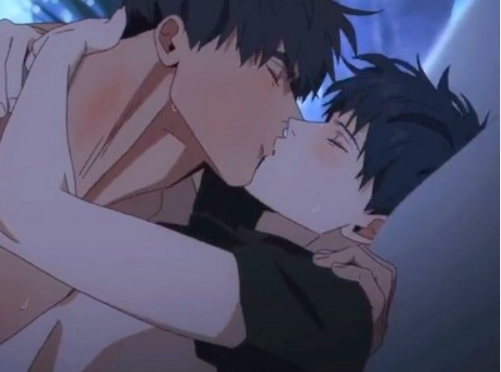Gay anime sex, often referred to as “yaoi” or “Boys’ Love (BL),” is a genre of anime and manga that focuses on romantic and sexual relationships between male characters. This genre has gained popularity not only in Japan but also internationally, attracting a diverse audience. It’s important to understand the context, themes, and representation within gay anime, as well as its cultural significance.
What is Yaoi and Boys’ Love?
“Yaoi” is a Japanese term that originated in the 1970s, used to describe manga and anime that depict romantic and sexual relationships between men. The term “Boys’ Love” (BL) is often used interchangeably with yaoi, though BL can also refer to less explicit content focused on emotional and romantic connections rather than sexual encounters.
Yaoi and BL are created primarily by women for a predominantly female audience, though it also appeals to LGBTQ+ individuals and others who enjoy stories that explore same-sex relationships. These stories often focus on emotional depth, romance, and the complexities of relationships, making them appealing to a wide range of viewers.

Themes and Representation
Gay anime sex often explores themes of love, acceptance, identity, and the challenges of being in a same-sex relationship. The genre can range from light-hearted romantic comedies to dramatic, emotionally intense stories. The characters typically embody archetypes, such as the “seme” (the dominant partner) and the “uke” (the submissive partner), which are recurring roles within these stories.
However, it’s important to note that yaoi and BL often portray idealised or exaggerated versions of relationships, which can sometimes lead to unrealistic or problematic depictions. For instance, some critics point out that the dynamics between characters can reinforce stereotypes or fail to accurately represent the experiences of gay men.
The Appeal of Gay Anime
The appeal of gay anime sex lies in its exploration of relationships outside the traditional heterosexual norm. For many viewers, especially women, yaoi and BL offer a way to explore different dynamics of love and intimacy that might not be as prevalent in mainstream media. These stories can provide an escape from traditional gender roles and allow audiences to experience romantic narratives that are more diverse and inclusive.

Moreover,Gay anime sex can be a source of representation for LGBTQ+ individuals who may not see themselves reflected in other forms of media. While not all gay anime are created with the intent to represent real LGBTQ+ experiences, it still offers visibility and can help foster a sense of community and understanding.
Controversies and Criticisms
Despite its popularity, Gay anime sex is not without controversy. One of the primary criticisms is that yaoi and BL are often created by and for heterosexual women, which can lead to depictions that don’t necessarily align with the realities of gay male relationships. This has raised concerns about the fetishization of gay men and the portrayal of relationships that may perpetuate harmful stereotypes.
For example, some yaoi stories may depict non-consensual encounters or romanticise problematic power dynamics, which can be troubling for audiences seeking authentic and respectful representations of same-sex relationships. Additionally, the lack of diverse representation within the genre — particularly the underrepresentation of characters who identify as transgender, non-binary, or people of colour — has also been a point of criticism.
Positive Representation and Progress
In recent years, there has been a shift towards more realistic and respectful representations of LGBTQ+ characters in anime and manga. Some creators are focusing on telling stories that authentically depict the experiences of gay men and other LGBTQ+ individuals. These works often avoid the typical tropes and focus on the emotional complexities and struggles that come with navigating one’s identity and relationships in a heteronormative society.
Shows like “Given,” which tells the story of a young band and the romantic relationship that develops between two of its members, have been praised for their sensitive and realistic portrayal of gay romance. These narratives contribute to a broader understanding and acceptance of LGBTQ+ identities within the anime community and beyond.
Conclusion
Gay anime sex, particularly in the form of yaoi and Boys’ Love, plays a significant role in the world of anime and manga, offering unique perspectives on love and relationships. While it has its criticisms, particularly regarding representation and the potential for fetishization, it also provides visibility and can be a powerful form of storytelling that resonates with a diverse audience.
As the genre continues to evolve, there is hope that more inclusive and accurate representations will emerge, allowing gay anime to not only entertain but also educate and promote understanding of LGBTQ+ experiences.

